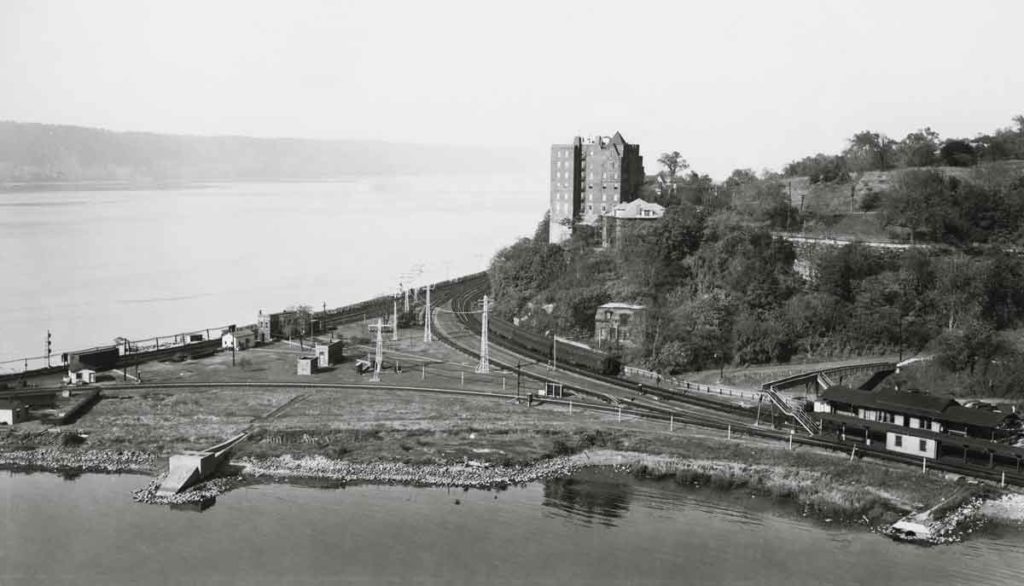
A mid-1940s view from the Henry Hudson Parkway bridge near the north end of New York City shows the converging New York Central lines at Spuyten Duyvil. An electric multiple-unit train out of Grand Central pulls away from Spuyten Duyvil station to head up the main line along the Hudson River. The West Side freight […]
Read More…
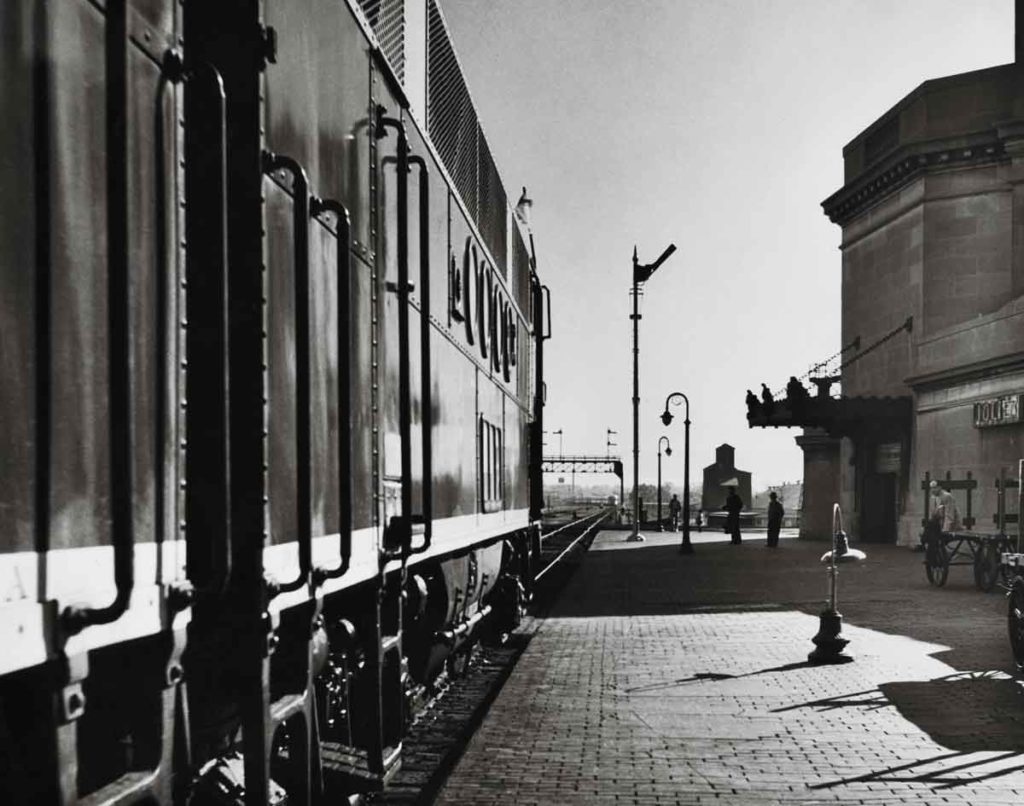
FT diesels on a westbound Santa Fe freight idle in front of Joliet (Ill.) Union Station, waiting for the Chief, visible in the distance, to clear the block ahead in Fall 1951. Wallace W. Abbey photo […]
Read More…
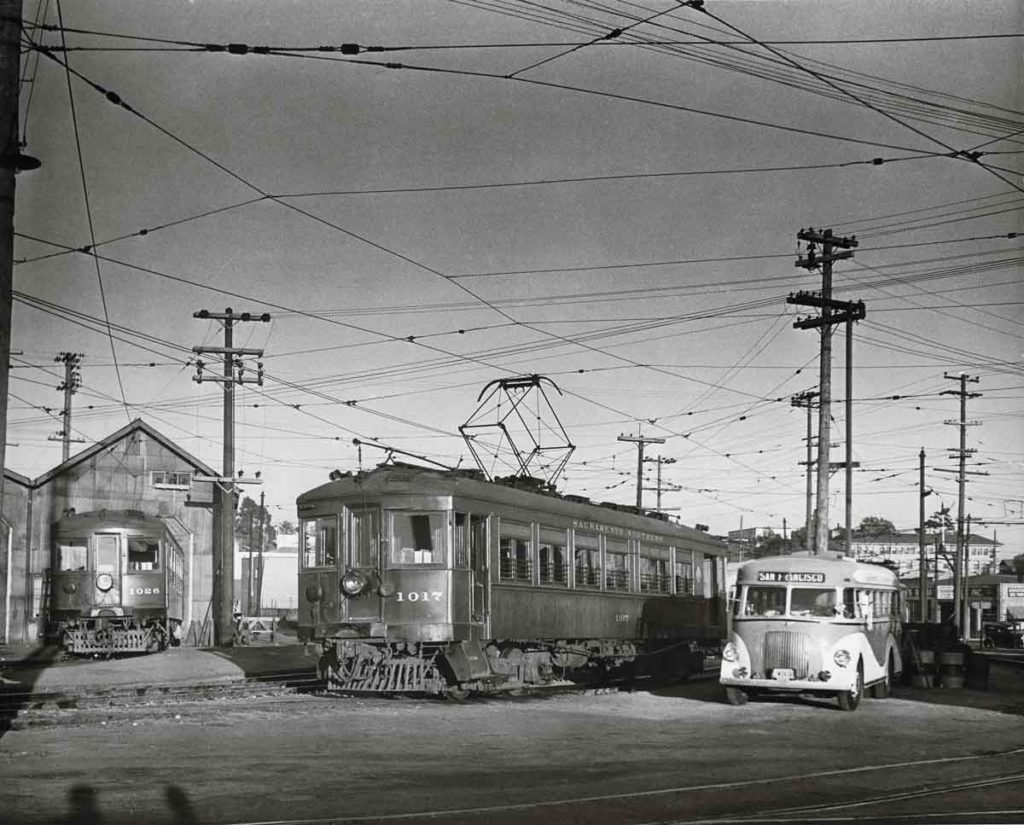
Two interurban cars and a bus stand at the Sacramento Northern’s ramshackle shop complex in Oakland in 1940. Linn H. Westcott photo […]
Read More…
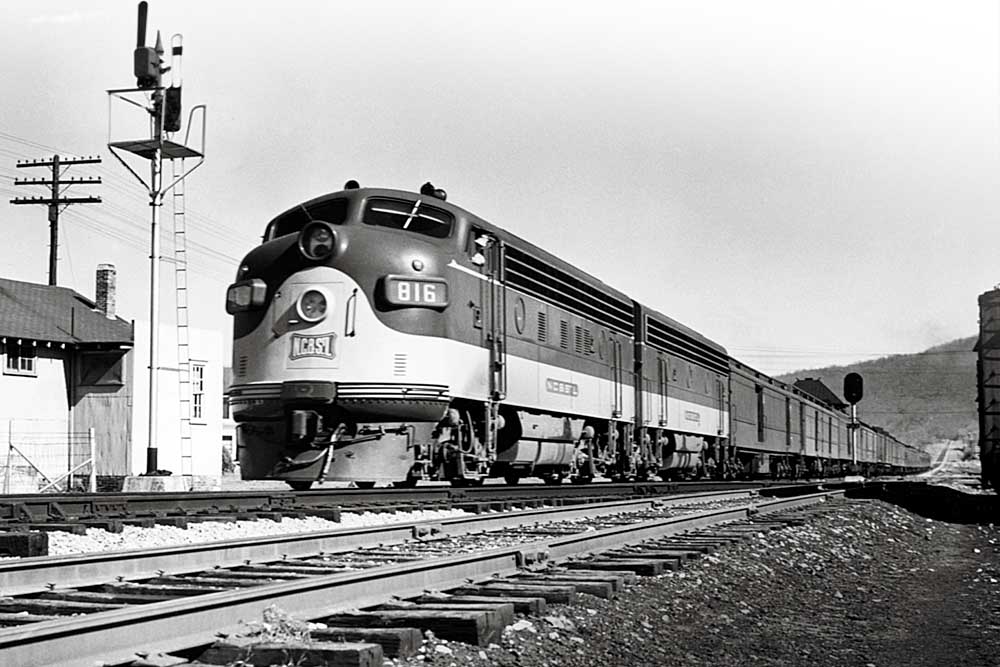
NC&StL locomotives were distinctive but disappeared all too soon. The Nashville, Chattanooga & St. Louis Railway had its share of unique items and was a pioneer. Historian Dain L. Schult says the “NC,” as it was known, was the only southern road to try a Camelback and a duplex; neither type worked out. It […]
Read More…
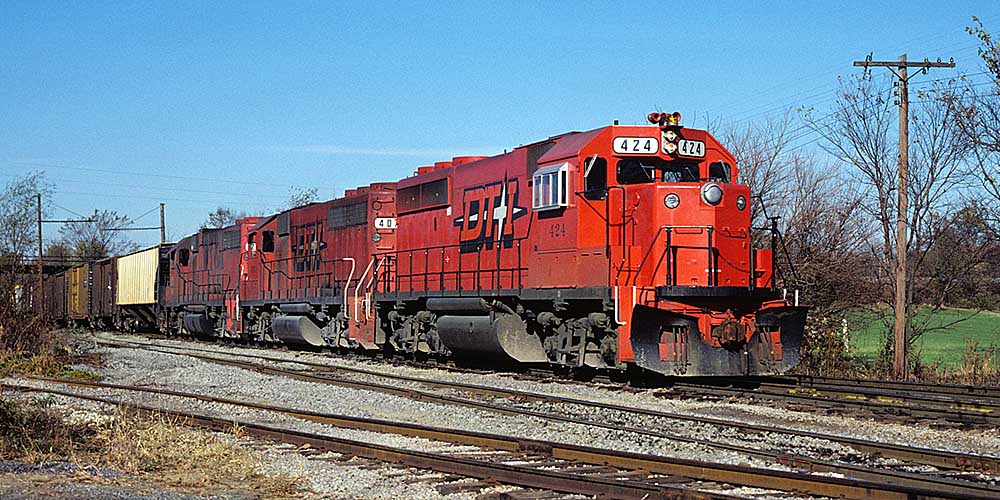
Here are five traits of the Detroit, Toledo & Ironton that made it special. The DT&I was formed in 1905 with the combination of the Detroit Southern and Ohio Southern railroads. In 1920, automobile tycoon Henry Ford acquired the road, popularly to ensure a new River Rouge bridge could be built to ensure water […]
Read More…
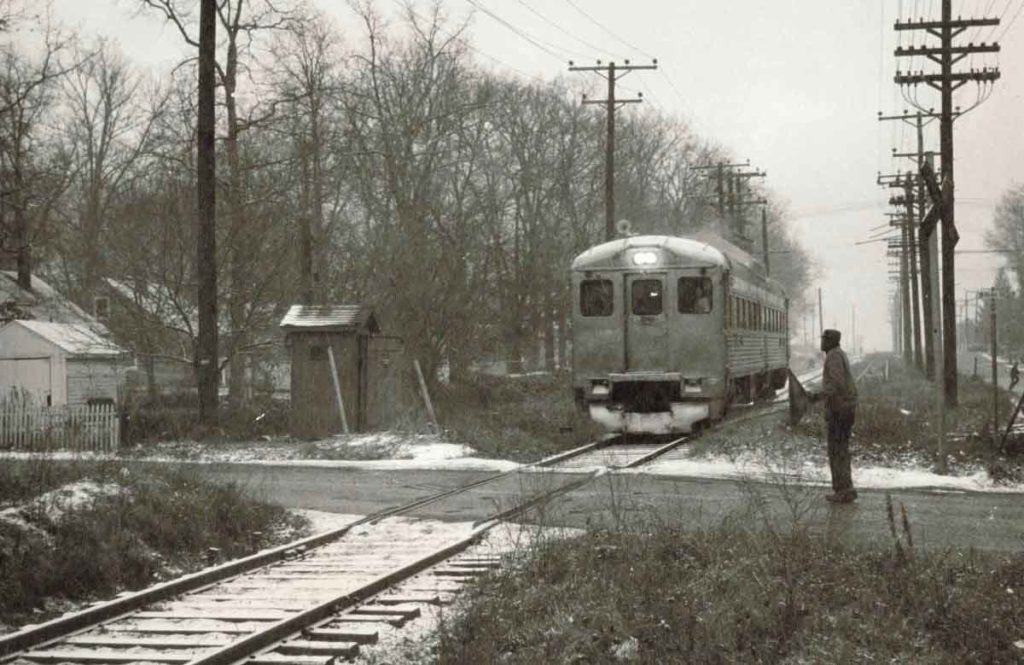
On Dec. 9, 1961, Budd Company RDC1 demonstrator 2960 approaches a grade crossing in Glen Burnie, Md., during an 18-day experimental resumption of passenger service on former interurban Baltimore & Annapolis. Today, Glen Burnie is the end of a light-rail line from Baltimore. Ara Mesrobian photo […]
Read More…
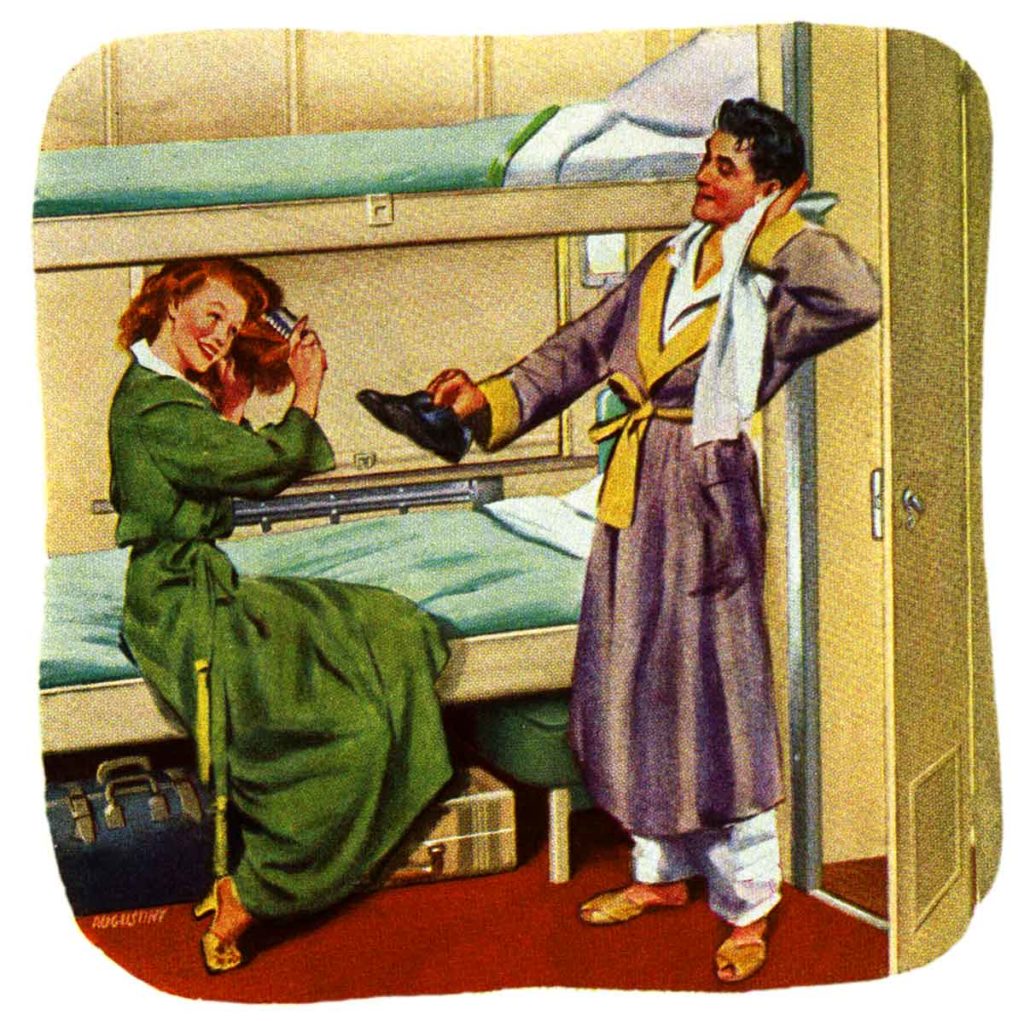
A rendering from a Milwaukee Road brochure for the 1947 Olympian Hiawatha shows a couple enjoying a double bedroom in one of the train’s Lake-series 10-6 sleepers. Milwaukee Road photo […]
Read More…
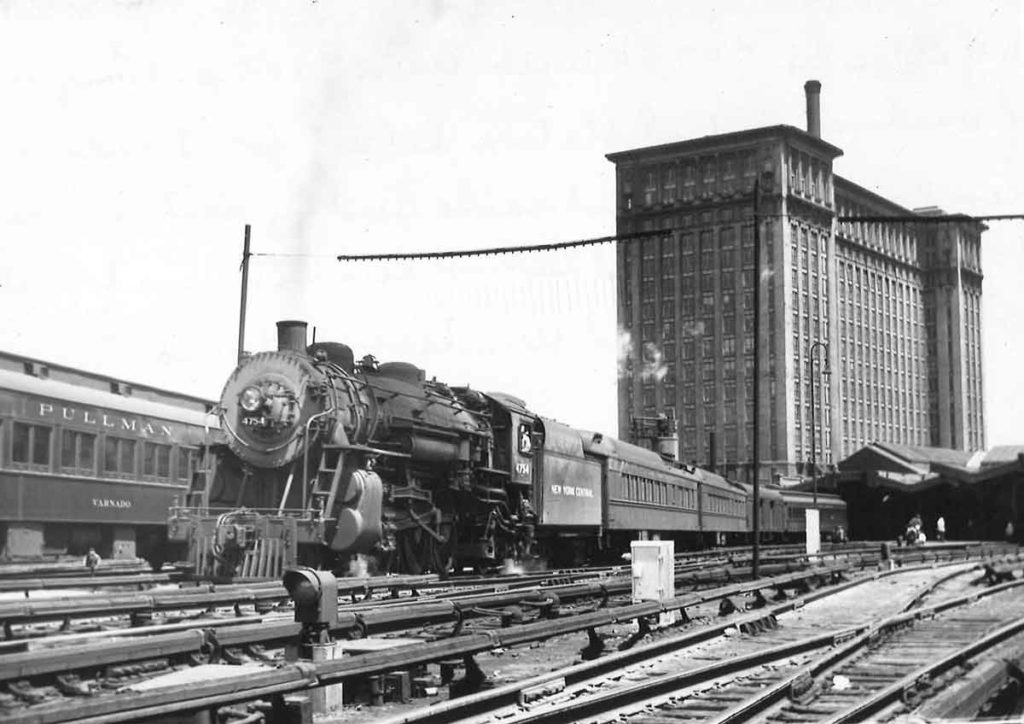
New York Central 4-6-2 4754 pulls out of Detroit’s Michigan Central Station with train 305 for Toledo and Cleveland on June 5, 1948. Ford Motor Co. has announced plans to convert the towering MC depot into its new headquarters. Elmer Treolar photo […]
Read More…
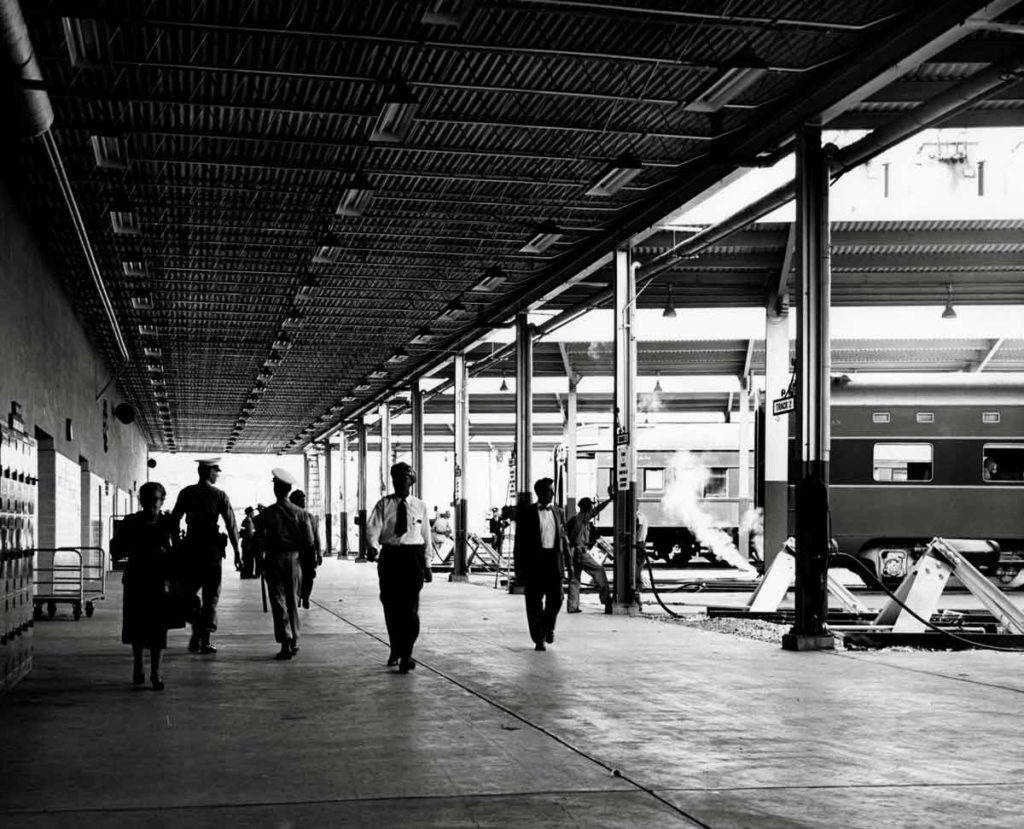
New Orleans Union Passenger Terminal, opened in 1954 as one of America’s last pre-Amtrak big-city passenger terminals, featured an open-air concourse at the end of its 12 stub-end tracks. James G. La Vake photo […]
Read More…
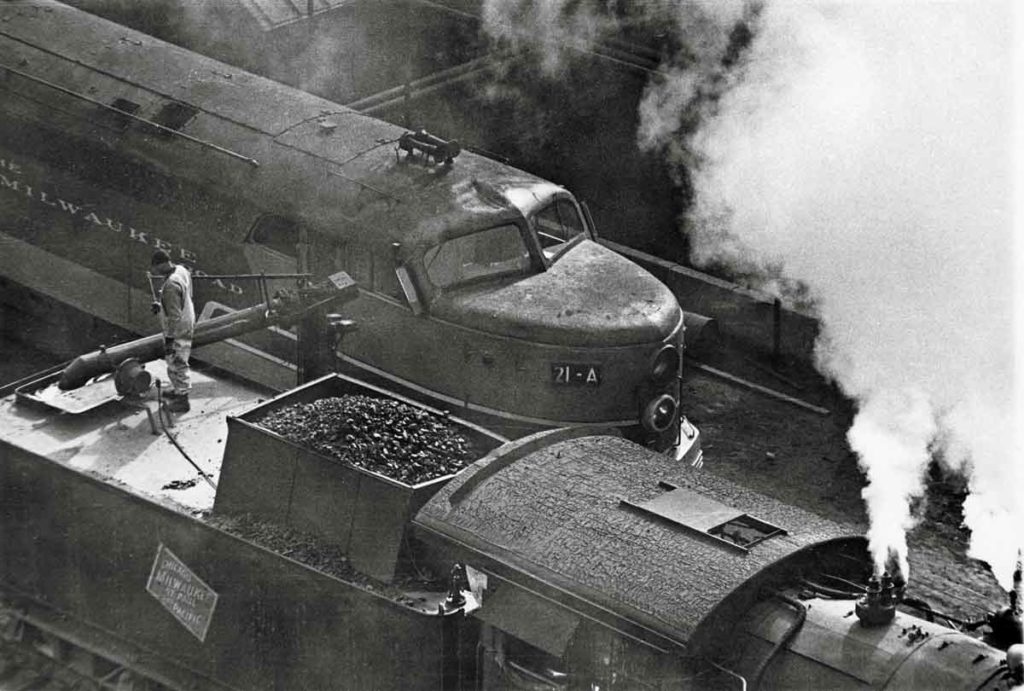
A hostler at the Milwaukee Road’s engine terminal near 35th Street in Milwaukee uses a water crane to top off the tender of a steam locomotive. The Fairbanks-Morse diesel on the next track hints that steam is on borrowed time in this April 1951 photo. Linn H. Westcott photo […]
Read More…
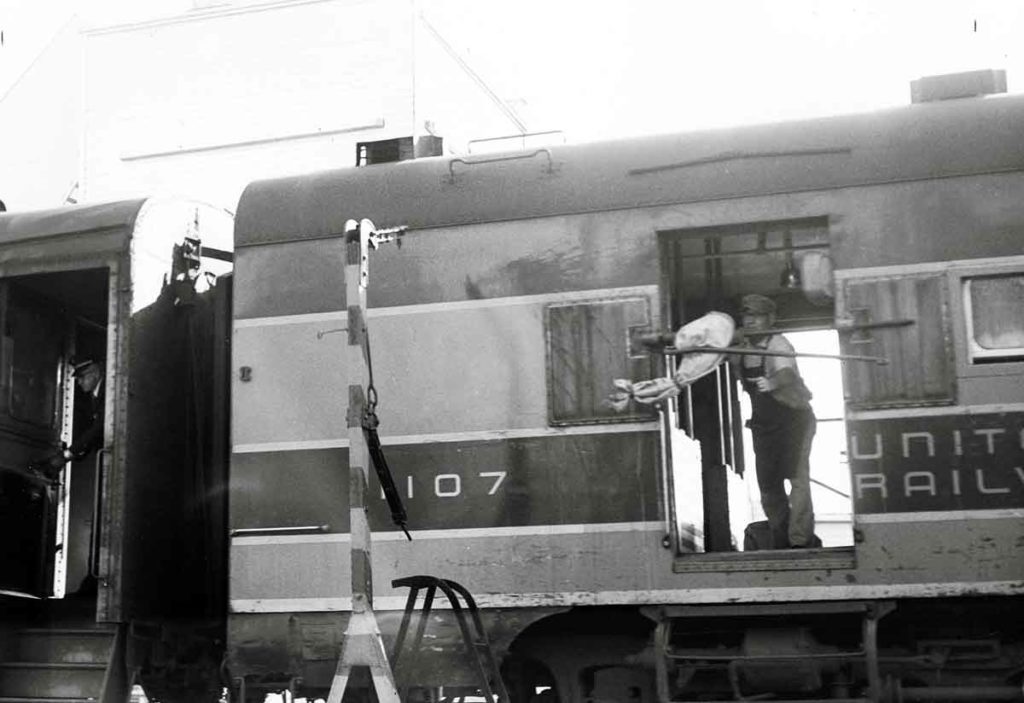
Great Northern mail clerk Ben Russell grabs the pouch from the catcher after making the catch at Bethel, Minn., while working the Duluth & St. Paul Railway Post Office in fall 1968. This was one of the few RPOs to survive the big cutbacks of 1967. Don Hofsommer photo […]
Read More…
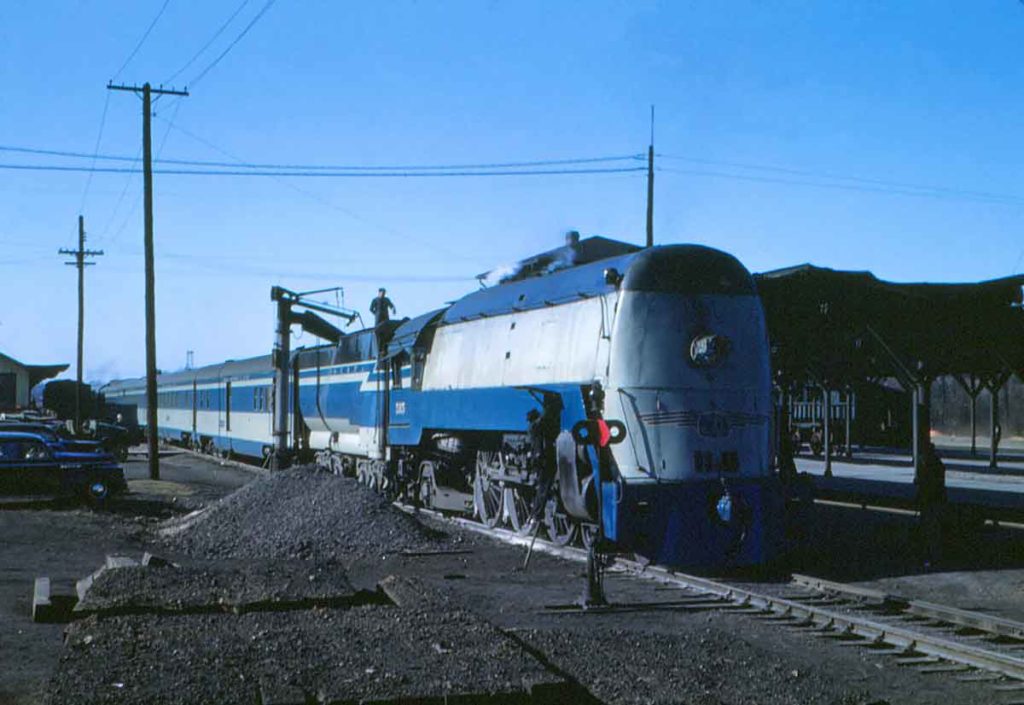
Please enjoy this photo gallery of Nashville, Chattanooga & St. Louis passenger trains, originally published online in November 2017. […]
Read More…












